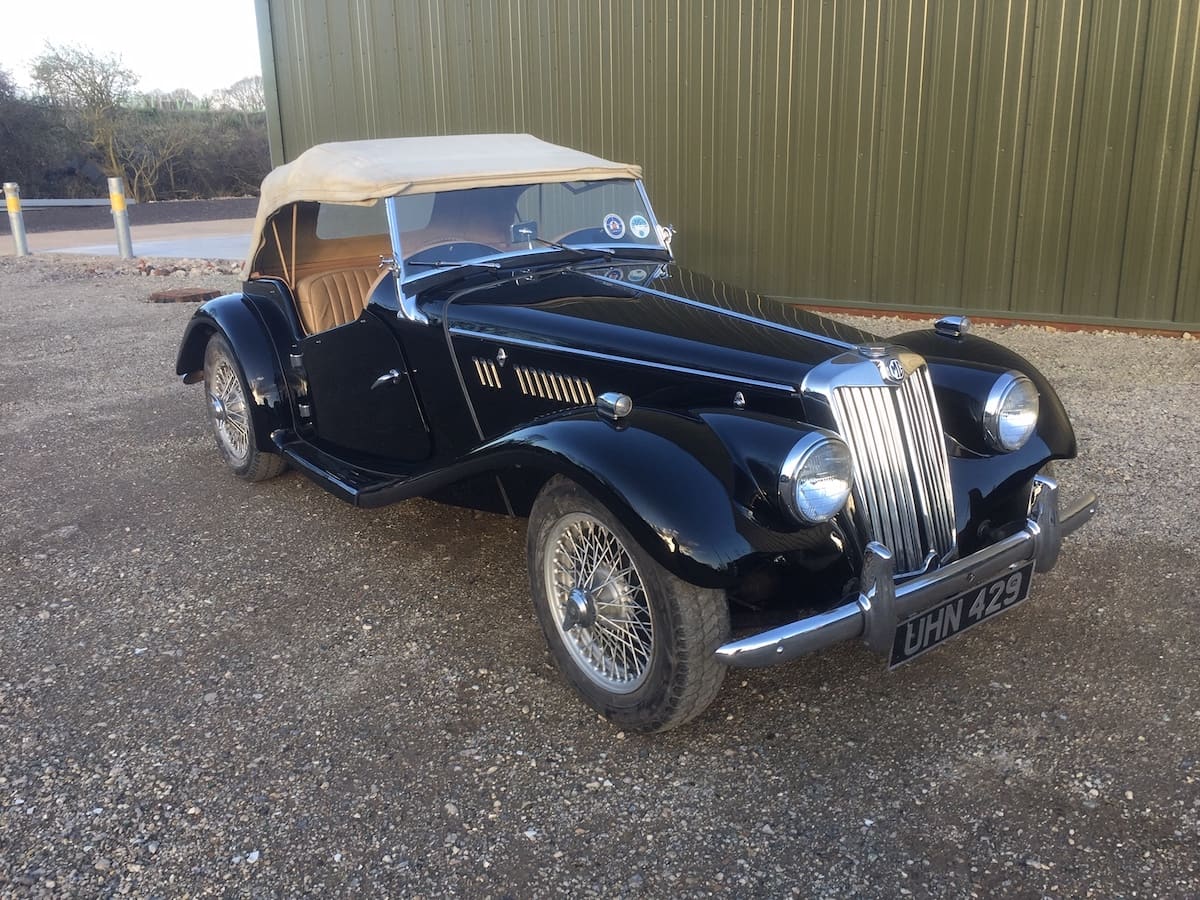
If you have a range of questions all about classic car servicing & MOT, we’ve got you covered. We’ll explain why you need to service your old cars, how often to drive them and how long to let them sit. And we will share how to store them, if PDR works on them and even more helpful advice in this 7-minute read.
You need classic car servicing to keep your old car in good working order. Now, many old cars won’t need an MOT. The government guidance states that if, “the vehicle was built or first registered more than 40 years ago [and] no ‘substantial changes’ have been made to the vehicle in the last 30 years, for example replacing the chassis, body, axles or engine to change the way the vehicle works” then an MOT is not required. But just because you don’t need to get an MOT by law, doesn’t mean you shouldn’t budget for classic car servicing in general.
Have your classic car serviced at least once a year or every 3,000 miles. That’s because there are more things that can wear out, rust and go wrong on an old car than on a newer one. And if you want to keep your classic car in good condition, you don’t want to let problems bed in.
Not necessarily. You will want to have your classic car serviced once a year, but if there are no major problems detected, then you’re in the clear. The type of car you have, how often you drive it and where you live will largely determine if your car will need more or less maintenance. Ocean-front living is a hotbed for rust and rare cars are difficult to find parts for. If you drive your classic car every day, you’ll naturally put more wear and wear on it. But it depends on what standard you want to keep it to as well. A factory-fresh paint job is harder to maintain than a rotted-out ‘it runs’ jalopy.
Absolutely. Paintless dent repair or PDR definitely works on old cars. It’s the best way to remove dents where the paint is in good condition without needing a respray. This can help maintain the value of your classic car for years to come. However, you don’t want to try and attempt a PDR on your own classic car at home. This procedure uses special tools and if you do it incorrectly, you may damage the paint, requiring a standard dent repair. Matching paint to old cars can be a challenge and impact the value.
Yes. But… you will increase the wear and tear on the vehicle. So, it’s important to consider if owning a modern car for your daily commute makes more sense. If your car is particularly rare, lacking in safety features or you live in an area where the road conditions are poor, you probably won’t want to drive your classic car every day. Using it less will ironically allow you to get more years of quality enjoyment out of the vehicle when you do take it out. But it’s your car and your money, so at the end of the day, it’s your choice.
There are several ways to keep your classic car in good condition. First, think about storage for your classic car. If you can store it in a climate-controlled indoor environment, this is ideal. If that’s not an option, opt for garage or covered off-street parking. Be sure to turn over the engine and take it around the block at least once every week or two. And get into a regular servicing agreement with a reputable classic car shop. You’ll want it looked at every 3,000 miles or annually at least.
Don’t let your classic car sit for more than 2 weeks at a time unless you’ve prepped it for storage. It’s important that you turn on the car, let it run and take it around even a block or two every other week. This helps keep all the engine parts lubricated, prevents rust in the fuel tank and keeps the battery from becoming parasitically drained. If you don’t have time to drive it around, at least keep it running for 10 minutes each time.
If you have to store it for a few months, there are steps you can take to prevent damage. According to Edmunds, “Use an all-weather car cover if you cannot leave your car in a garage. Get the car washed and waxed before placing it in storage. Be sure to fill up the [petrol] tank and add a [petrol stabiliser] if you will be storing the car for more than 30 days. [And] use a battery tender to avoid having to jump-start the battery.” Even with these precautions, you’ll want to have it serviced once you take it out of storage to ensure nothing has degraded during that time.
Regular annual servicing or checks every 3,000 miles are key to keeping your classic car in good repair. While you might not need an MOT if it’s old enough and all original, frequent maintenance can prevent small problems from becoming costly. While you probably won’t want to use a classic car as your everyday driver, you should take it out for a spin every 2 weeks. If you can’t, there are ways to prepare the car for safe longer-term storage and keeping it out of the elements is always a good first step. If it does get a little banged up, you can use PDR to get it looking good as new in most cases.
If you need more support in looking after your classic car, our team can advise you. Reach out on 01273 933633 today.